|
.
Canon RF-S 18-150 3.5-6.3 IS STM
Review of Canon's First R Series APS-C Lens
Peter Kun Frary
.
.
The Canon RF-S 18-150 3.5-6.3 IS STM, released in summer 2022 with the EOS R7, is an adaptation of an M system camera lens, the EF-M 18-150 3.5-6.3 IS STM (2016). The RF-S 18-150 3.5-6.3 IS STM covers an 8.3X zoom range of wide to telephoto—similar to 29 to 240mm on a full-frame camera—making it ideal for general use. Herein are my thoughts on the RF-S 18-150 3.5-6.3 IS STM after shooting with it for many months.
Juvenile Anole | EOS R7 & RF 18-150 3.5-6.3 IS STM | F7.1, 1/320, ISO 1000 | Human  eye focus works surprisingly well on lizards. eye focus works surprisingly well on lizards.

This review consists of my opinions and observations as a hobbyist. No scientific measurements or MFT charts will be found here.
 Compatibility Compatibility
The RF-S 18-150 3.5-6.3 IS STM lens works on Canon EOS R system cameras, but is optimized for cameras with APS-C (1.6X) sensors such as the EOS R7, R10, R50 and R100. Full frame R cameras such as the EOS R and R5 scale sensor coverage to APS-C. It is not compatible with Canon SLR, DSLR and M series.
 Construction Construction
The optical design of 17 elements in 13 groups appears identical to the EF-M 18-150 3.5-6.3 IS STM—the kit lens sold with the EOS M5 in 2016. Plus, size, weight and shape are similar, albeit cosmetics differ. The most significant change is the RF mount, hence the protruding flange to accommodate the larger diameter of the RF mount (the EF-M version mount is flush).
Canon RF-S 18-150 3.5-6.3 IS STM | Photo courtesy Canon Inc.
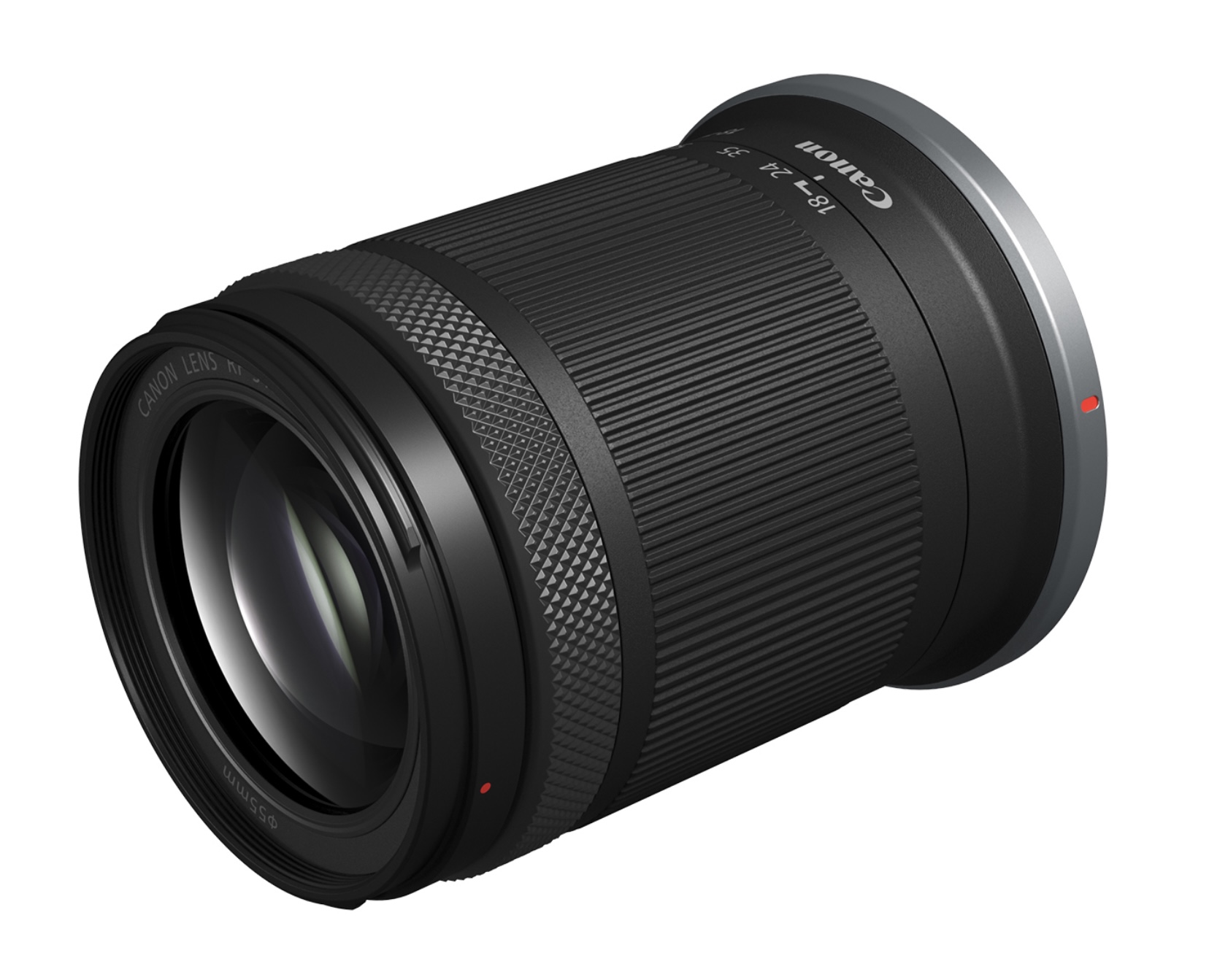
Appearance is somewhat odd insofar as the barrel diameter is considerably smaller than the mount diameter. Exterior design consists of a plain Gothic cylinder, with no colored rings, switches, or distance scale.
The lightweight plastic barrel (310g) and mount feel fragile. If dropped, they are known to break apart near the mount flange. However, it should be fine so long as you don't drop or bang it. Mine has survived over three years of heavy use. Component fit and the industrial matte black finish are excellent. This lens lacks weather sealing, albeit I've used it in light rain without problems.
 Zoom Zoom
The ribbed rubber zoom ring is large and grippy. Rotation is smooth but on the tight side, making fine adjustments mildly challenging. It will probably loosen with use—they usually do. However, the zoom does not creep.
At 18mm the single nested barrel is flush with the end. Racked out to 150mm, it extends considerably—nearly doubling in length.
Ginger | EOS R7 and RF 18-150 IS 3.5-6.3 STM | F7.1, 1/160 and ISO 100

Variable Aperture
To control cost and size, the RF-S 18-150 3.5-6.3 IS STM was designed as a variable aperture zoom. Thus, maximum aperture changes progressively during zooming, ranging from F3.5 at the wide end to F6.3 from the midpoint to 150mm.
- 18mm F3.5
- 24mm F4.0
- 30mm F5.0
- 50mm F5.6
- 70mm F6.3
The slow aperture at the long end is the main gotcha with this lens. F6.3 requires higher ISO and/or slower shutter speeds than F3.5, making it less desirable for low-light situations. Plus, the use of higher F-stops results in less separation between subject and background compared to larger (faster) apertures.
 Focus Focus
The RF-S18-150mm F3.5-6.3 IS STM features a gear-type stepping motor (STM). Autofocus is smooth and quiet. Indeed, focusing is silky smooth while tracking a subject with AI Servo or Movie Servo AF, or performing pulls in video mode.
The STM Motor drives an internal lens group and the front element doesn't rotate or extend during focusing. STM coupled with internal focus is surprisingly fast—fast enough to track most little critters, bikes and speeding vehicles.
Even while shooting flowers hand held, I used AI servo with tracking. Servo focusing combined with image stabilization countered every little body sway and shake, delivering nearly 100% sharp images.
How do I use AI servo tracking for static subjects? For the ginger bud above, my R7 was in 1-point mode and I placed the AF point on the top of the bud. With the shutter button half-pressed, I moved the camera to recompose with the subject off-center. The AF point stayed locked on the bud and adjusted focus as I rocked and swayed in the Hawaiian trade winds. The old focus and recompose technique is modernized! Plus, it is accurate for macro and large apertures.
Hibiscus | EOS R7 and RF 18-150 IS 3.5-6.3 STM | F8, 1/160 and ISO 100
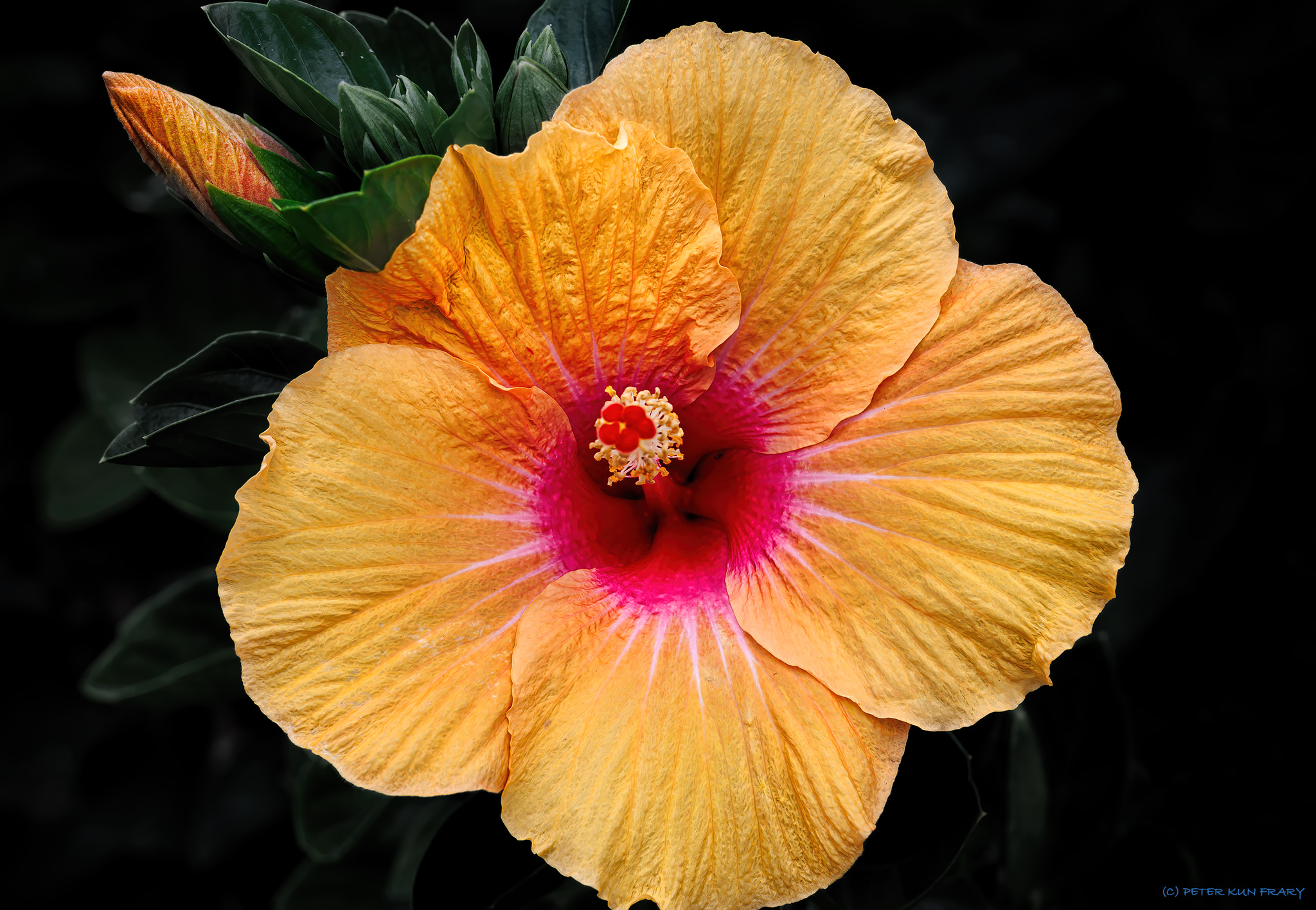
 Manual Focus Manual Focus
This lens lacks a dedicated manual focus (MF) ring. In its place is a narrow control ring, programmable for different camera functions. To enable AF or MF on the R7 or R10, use the  Focus Mode Switch on the camera body. When in MF mode, a distance scale appears in the viewfinder of the R7. Surprisingly, MF mode allows slightly closer focus than AF mode. Manual focus is wholly electronic—focus by wire—so the shutter button must be half depressed for MF to function. Focus Mode Switch on the camera body. When in MF mode, a distance scale appears in the viewfinder of the R7. Surprisingly, MF mode allows slightly closer focus than AF mode. Manual focus is wholly electronic—focus by wire—so the shutter button must be half depressed for MF to function.
 Control Ring Mapping for 2 Functions Control Ring Mapping for 2 Functions
I programmed the control ring for  Exposure Compensation (EC) in AF mode and as a focus ring in MF mode. Two programming steps are required for setup on the R7 (probably R10 as well): Exposure Compensation (EC) in AF mode and as a focus ring in MF mode. Two programming steps are required for setup on the R7 (probably R10 as well):
- Press Menu button, select AF tab, tap menu 6 and set Focus/control ring to CONTROL (not FOCUS).
- Select the
 Custom Functions tab, tap menu 3 and select Customize dials. Set the control ring to the desired function— Custom Functions tab, tap menu 3 and select Customize dials. Set the control ring to the desired function— , ,  , ,  , ,  , etc. , etc.
I choose  Exposure Compensation to match the setting on my EOS R. Exposure Compensation to match the setting on my EOS R.
Impatiens | EOS R7, RF-S 18-150 3.5-6.5 IS STM | F6.3, 1/125 sec., ISO 100

 Optical Quality Optical Quality
The RF-S 18-150 3.5-6.3 IS STM pleasantly surprised me with its rendering and sharpness on the 32.5MP sensor of the R7. Center frame sharpness at the wide end is excellent wide open and improves as you stop down to F8 or so. Corners and edges are very good, but a notch below center sharpness. As zoomed towards the long end, images are slightly softer, but still sharp, especially if you stop down a little beyond F6.3. The image below was shot at 150mm and F8. It's sharp across the frame with corners only slightly softer than center frame.
Honolulu Chinatown | EOS R7 and RF-S 18-150 3.5-6.3 IS STM | 150mm, F8, 1/500 and ISO 100
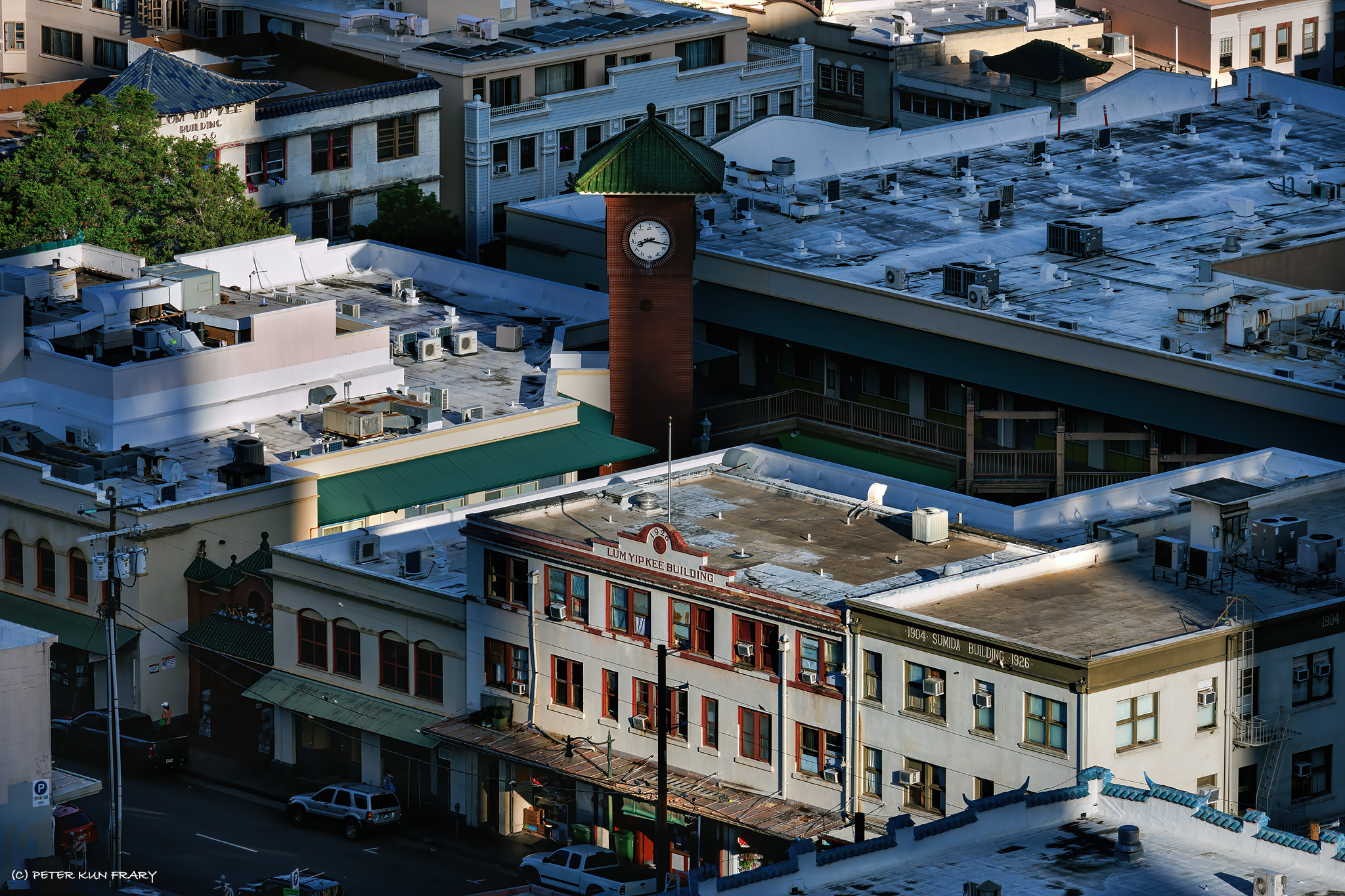
Honolulu Chinatown | Center area crop (100%)
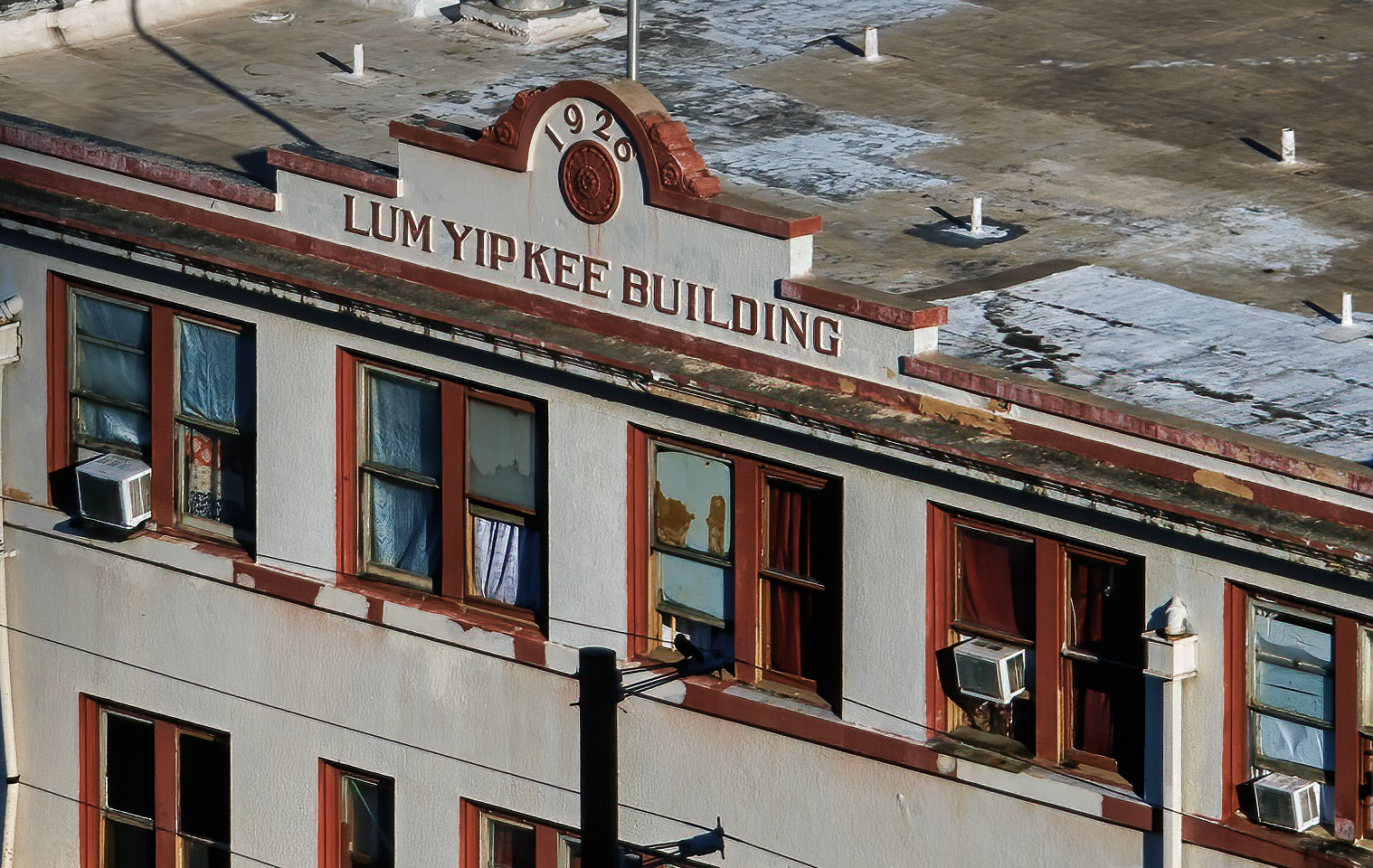
Honolulu Chinatown | Right bottom corner crop (100%)
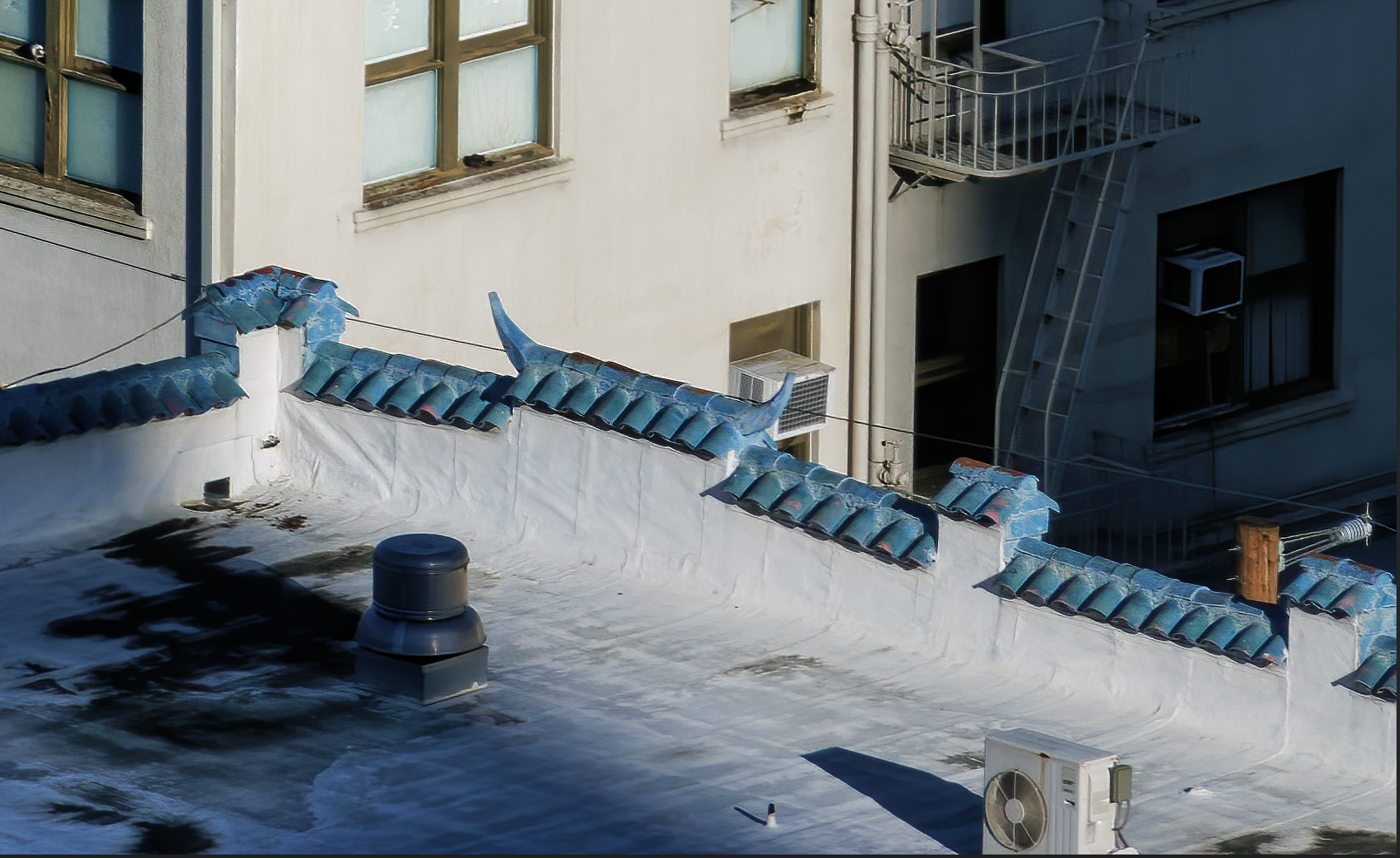
 Quasi Macro Quasi Macro
At macro distances, contrast and sharpness take a hit. At 1 meter, image quality is great, but softens as you draw nearer. Obviously, this is not a dedicated macro lens although it focuses all the way down to .44x (.59x if you use MF at 35mm). I avoid getting closer than .20x or 25x. Also, macro range images are sharpest at the 35mm to 50mm focal lengths. Don't bother with 150mm. I mainly stick to 50mm to allow decent working distance.
Chromatic aberration
CA or chromatic aberration is well controlled and not noticeable unless you look closely at high contrast edges with Profile Corrections disabled. I didn't notice CA for months! For example, a small amount of purple fringing is barely visible along corners and edges on tree branches against a bright sky. CA reduces progressively as you stop down.
Light Falloff
Finally, light falloff is evident, especially wide open on the wide end of the zoom, but fades as stopped down. I didn't see light falloff initially but realized Lightroom was automatically removing it. In-camera JPEGs are auto-corrected as are RAW files processed in Canon's DPP4. I prefer some darkening of corners and edges and often disable Profile Corrections.
Psycho Bunny & Tourist | EOS R7 and RF-S 18-150 3.5-6.3 IS STM

Flare
Blazing Hawaiian sunsets exhibit little or no ghosting and flare, and typical high contrast night scenes with street lights or interior lamps are normally immune from flare. The Super Spectra coating is doing a great job! Flare can't be removed via Profile Corrections, so what you see is what you get.
In flare prone lighting, remove unneeded filters and use a hood (or your hat) to help block stray light.
Comparisons
RF-S 18-150 3.5-6.3 IS STM optical performance is on par with the kit lens of the EOS 90D, the EF-S 18-135 3.5-5.6 IS USM, but with a considerable reduction in size and weight. The Nano USM of the EF-S 18-135 3.5-5.6 IS USM is faster, build quality is higher, and having F5.6 at the long end is welcome over F6.3.
I shot extensively with an old EF-S 15-85 3.5-5.6 IS USM and, while it felt like a lead pipe on the R7, sharpness is a notch above both the RF-S 18-150 3.5-6.3 IS STM and EF-S 18-135 3.5-5.6 IS USM. I really like having 15mm.
 Image Stabilization Image Stabilization
Canon claims 4.5 stops of additional hand held sharpness with this lens, and a couple more stops when combined with IBIS. Indeed, I usually get a sharp picture three stops below my normal unassisted hand held shutter speed. Squeezing out 4.5 plus stops is tough unless I brace against something. With IBIS used in tandem, the RF-S 18-150 3.5-6.3 IS STM stabilization is extremely effective for closeups, countering swaying back and forth along with camera shake.
There isn’t a panning switch for IS mode but the lens detects panning and tripods and compensates accordingly.
Strange Flower | EOS R7 and RF-S 18-150 3.5-6.3 IS STM

 Lens Hood Lens Hood
A hood isn't included with this lens but a matching hood, the Canon EW-60F, is available as an accessory for $28 USD (cheap clones are available from JJC and others). It's a bayonet design but, unlike recent Canon hood designs, lacks a locking tab.
Hoods are supposed to reduce flare by blocking stray light, but this hood is not deep enough for 150mm. Indeed, it looks like the optimal length for 24mm! The EW-60F is tiny compared to the hoods for the EF-S 18-135 3.5-5.6 IS USM and EF-S 15-85 3.5-5.6 IS USM.
Canon EW-60F Hood | Photo courtesy Canon Inc.
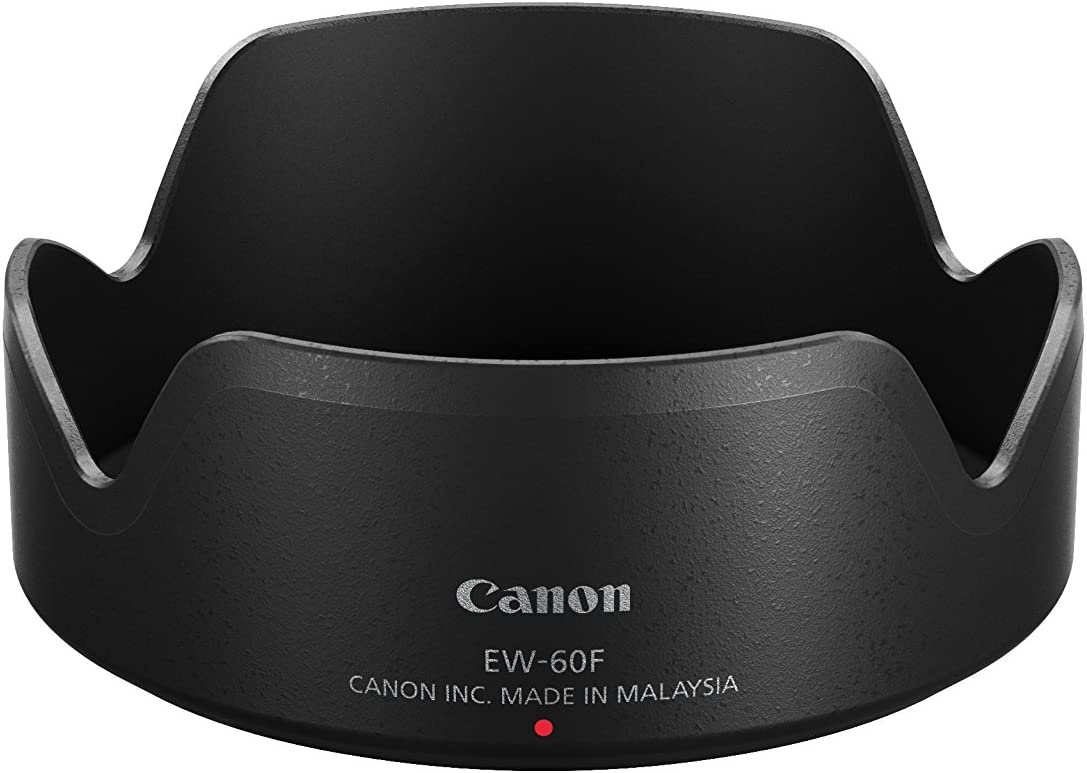
Fit and finish of the EW-60F are good: decent quality plastic, fingerprint resistant matte black exterior, flat black interior paint to nix reflections, and the magical Canon logo. The hood may be reverse mounted for compact storage.
The EW-60F is also listed as an accessory for the EF-M 18-150 3.5-6.3 IS STM lens.
 Final Blurb Final Blurb
If you want a petite lens for hiking and travel with the R7, R10, R50, or R100, this is the lens for you. It is well suited for both video and stills, and the 8.3x zoom range hits all the common focal lengths. If you need weather sealing, large apertures, beefy build, and cutting-edge AF speed, look elsewhere.
If you already own a "normal" zoom from a Canon APS-C camera such as the EF-S 15-85 3.5-5.6 IS USM or EF-S 18-135 3.5-5.6 IS USM, you can save a mitt full of Benjamins by using your old lens with an adapter. The RF 18-150 3.5-6.3 IS STM has no optical or AF speed advantages over those two lenses. IS is only marginally more effective. However, if being small and light is important, the RF 18-150 3.5-6.3 IS STM will not disappoint.
Save for ultra-low light and the extreme of the macro range, I was bringing back sharp images in any situation I threw at it. I love the petite size, wide zoom range, smooth AF, and sharpness of this lens. Coupled with the R7, R10, R50 or R100, it makes for a wonderfully versatile, nimble, and lightweight travel and hiking combo.
Please support this site by purchasing this lens at Amazon.
Basil at Last Light | EOS R7 and RF 18-150 3.5-6.3 IS STM

 Specifications Specifications
- Focal Length & Maximum Aperture: 18-150mm f/3.5–6.3
- Lens Construction: 17 elements in 13 groups
- Elements: 1x UD, 1 x PMo Aspherical , 1x GMo Aspherical
- Diagonal Angle of View: 74° 20'- 10° 25'
- Number of Aperture Blades: 7
- Maximum and Minimum Aperture: f/3.5 - f/40
- Autofocus: STM AF
- 4.5-stop Image Stabilizer (up to 7 stops with cameras featuring IBIS)
- Maximum Magnification: .44x at 50mm
- Closest Focusing Distance: 0.17m (4.7in) at 18mm
- Diameter x Length: 69mm x 84.5mm
- Weight: 310g
- Mount: RF | APS-C coverage compatible with all RF system cameras
- Optional Accessories: EW-60F Lens Hood
- $499 MAP (USA)
 Source Materials Source Materials
Canon RF-S 18-150 3.5-6.3 IS STM Instructions (CT1-D214-A). Canon Inc., 2022.
Created on August 10, 2022 | Revised 11/08/2024
Sample Images

©Copyright 2022-25 by Peter Kun Frary | All Rights Reserved
|



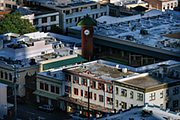







 Compatibility
Compatibility










